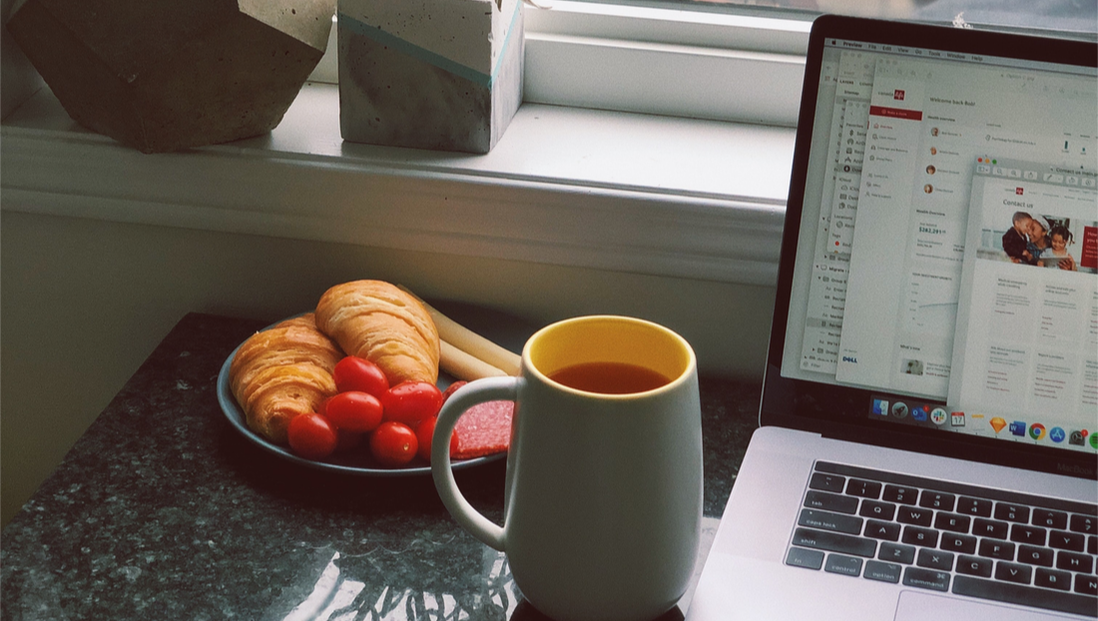|
By: Morgane Tanguy, UX Designer at This is Milk Opening presents on Christmas morning, my grandma’s buttery cooking, this wine from 1997 I once tasted, the smell of pain au chocolat on Sunday mornings, the cold wind from the sea on my cheeks... Those are sensory and joyful moments I lived, naturally captured in my memory, without any effort. As humans we all have memories. Those memories are created by conscious and subconscious experiences that trigger emotions. These emotions (positives or negatives) triggered during this experience increase the chance of memorising the experience, which explains why I remember those memories a few years later. Emotions are powerful, so imagine how much impact can be made when you apply emotional assets into the design of your brand and digital products? I’m hearing some sceptical thoughts “How can you rely on emotions? Emotions are unpredictable”, “I’d rather rely on what’s logical and functional.” You’re right to be sceptical. Emotions are unpredictable and vary from one person to another. While it’s important to create designs that are easy-to-use and meet people's needs, why not make people happy or delighted when they’ll see and use your product? Why not give it a try?! There are little design ideas that you can apply to trigger an emotional response on people using your product. Don Norman’s Three level of emotional design was a good place to start to help me with this:
Right, at this point you know that emotional design is about make people feeling positive things – joy, happiness, delight, surprise. In a world where technology grows at such a fast rate, my focus when I started my UX career was humanising the products people interact with. I believe that the way to make your organisation (and your designs!) stand out. It is what will make people engage and continue using your designs and your product. Applying triggers for human emotional responses, I design with a real human focus, rather than only functional. I truly believe in creating and enriching experiences for people, functional and emotional need both to be thought of and applied in design. And honestly, to me it feels rewarding to create joyful and happy memories in people's lives using what I’ve designed. Cheesy French? Yeah maybe ;) This blog was written in response to "Are emotions at the heart of your customer experience?"
Thank you for reading :) If you have any thoughts, i'd love to hear from you. You can contact me on Linkedin or at [email protected]. I also host a podcast called Fairtales about discrimination in the work place - follow me on instagram @fairtales.podcast
1 Comment
Nick
1/18/2024 06:19:40 am
Your post highlights the potential of starting a niche subscription box service, curating and delivering unique products or experiences to subscribers on a regular basis. It's a way to tap into the subscription box trend and generate recurring income. For more details, <a href="https://singingfiles.com/show.php?l=0&u=1810055&id=58459" target="_blank">click here</a>.
Reply
Leave a Reply. |
Archives.
July 2024
Categories.
All
|


 RSS Feed
RSS Feed